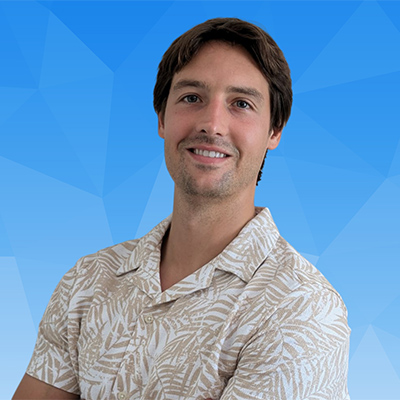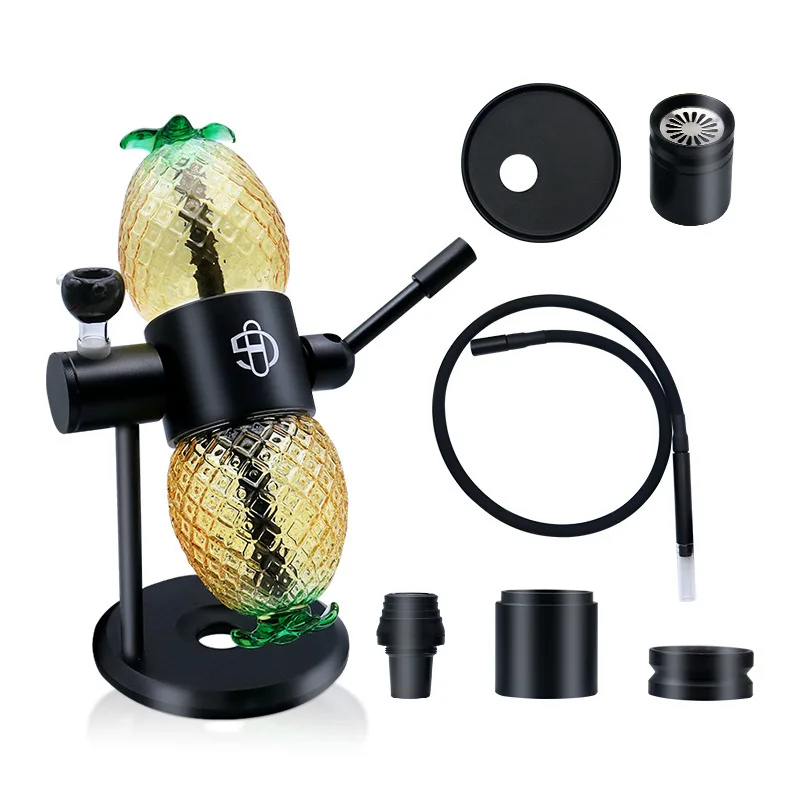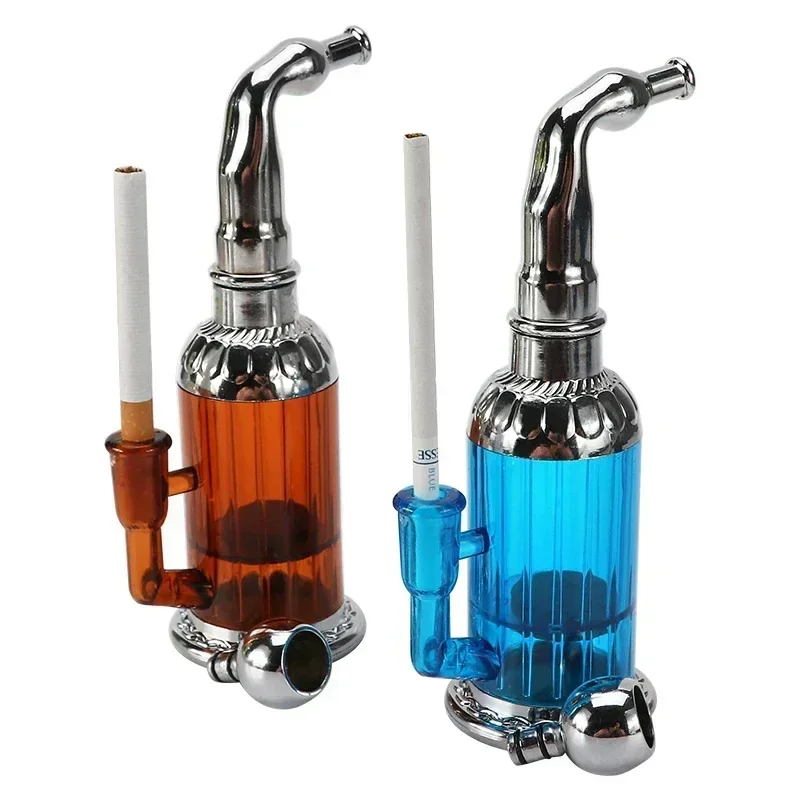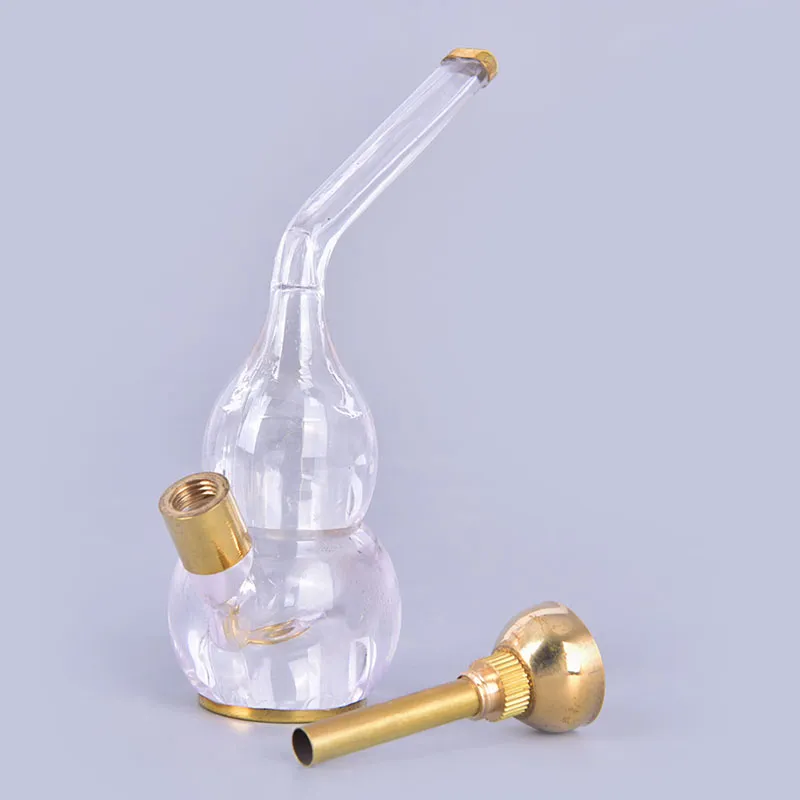In 2009, the same year Maine expanded its then-dormant medical cannabis law, Dr. Dustin Sulak was one of the only doctors in the state willing to certify patients. Within months, cannabis had overtaken his practice.
“I saw incredible results,” said Sulak, who today is the co-founder of Healer, a hemp-based wellness brand built on clinical data and real-world outcomes. “At first it was adults with chronic pain and PTSD. Then it shifted to pediatric neurology — children with refractory seizures — and now a lot of what we’re seeing is geriatric: dementia, behavioral disturbances, sleep issues. Cannabis is a magnet for rare and difficult-to-treat conditions.”
His integrative medical background, which includes osteopathy and a deep familiarity with botanical therapies, gave Sulak an early edge in translating cannabis’ therapeutic potential into mainstream care. But nearly two decades later, he’s still frustrated by how slowly that translation is taking place.
“We’re Treating Robots, Not People”
According to Sulak, modern medicine in the U.S. is locked into a one-size-fits-all model. “Doctors used to practice the art of medicine,” he explained. “Now they follow algorithms, which are great if you’re prescribing a single molecule with a single target. But that doesn’t reflect biological reality. We’re complex systems — cannabis is a complex plant. We need a new paradigm.”
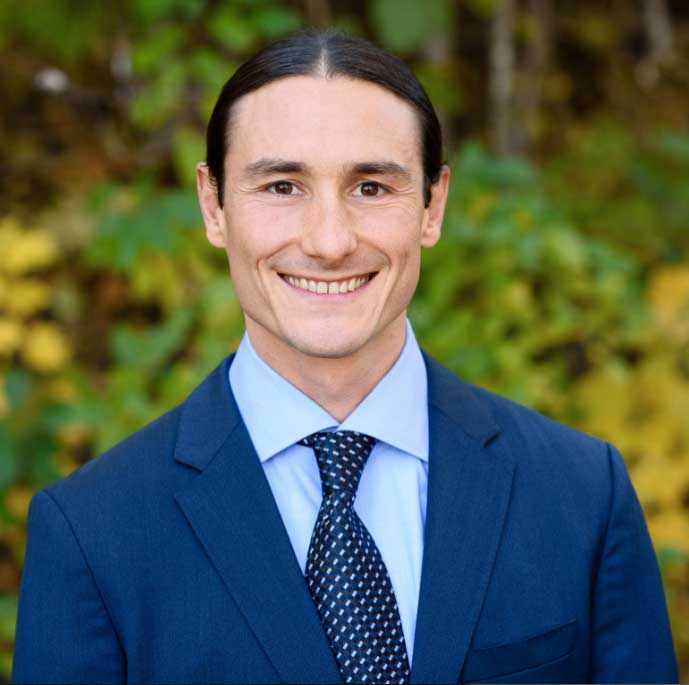
That complexity is part of why cannabis has such broad application, from neurodegeneration to psychiatric disorders. But it’s also why the medical establishment has been slow to adopt it. “Cannabis disrupts the profit model,” said Sulak. “It helps people manage conditions that generate enormous pharmaceutical revenue. There’s no incentive to solve problems when profit lies in managing them indefinitely.”
Specialties like oncology and neurology, which Sulak says attract more “compassionate, patient-oriented people,” have been more open to cannabis. But in psychiatry and pain medicine, resistance remains strong. “There’s so much fear,” he added. “And unfortunately, fear shapes policy and practice more than data does.”
To Sulak, the true therapeutic value of cannabis lies in its chemistry — cannabinoids, terpenes, flavonoids — and in the experience it fosters. “Cannabis isn’t just a medical treatment, it’s a therapeutic event,” he said. “Whether it’s a solo practice or something shared socially, there’s power in the connection it creates.”
He’s seen it firsthand with veterans managing PTSD, where communal cannabis use opens emotional doors. “When vets sit down and share cannabis, they talk. That connection — that emotional safety — is as healing as the plant itself.”
A Scalable Solution to a Growing Crisis
Sulak’s latest focus is one of the biggest public health challenges of the next decade: dementia care. As the population ages, behavioral symptoms like agitation, sundowning, and insomnia are placing unsustainable strain on families and facilities.
“Current medications are chemical restraints,” Sulak said. “They sedate patients, increase mortality risk, and reduce quality of life. Cannabis can calm agitation without those side effects.”
To bypass the regulatory minefield of THC in care facilities, Sulak developed a hemp-derived gummy that delivers therapeutic doses while remaining compliant. After a successful 500-patient trial, he’s expanding to 5,000 patients. “It’s low-hanging fruit. There’s no good existing solution — and this works.”
Changing the Incentive System
Despite his optimism, Sulak acknowledges that systemic change won’t come easily. “Right now, our healthcare system rewards proximity to the monetary spigot — not helping people,” he said.
He believes decentralization, especially in how research and healthcare are funded, could be the key. The solution might just be Bitcoin. “We need to fix the money to fix the science. Right now, we’re all working for something that someone else can print — and that distorts every incentive. A decentralized economy could unlock the full potential of cannabis and other disruptive innovations.”
The Path Forward
Despite the regulatory challenges and institutional inertia, Sulak remains hopeful. The science is catching up. Patients are advocating for themselves. And even within broken systems, real healing is happening.
“This plant still has secrets to unlock,” Sulak said. “If we collaborate, fund the research, and stop trying to force a simple plant into a broken system, I truly believe cannabis can become the most common medical treatment in the world.”




